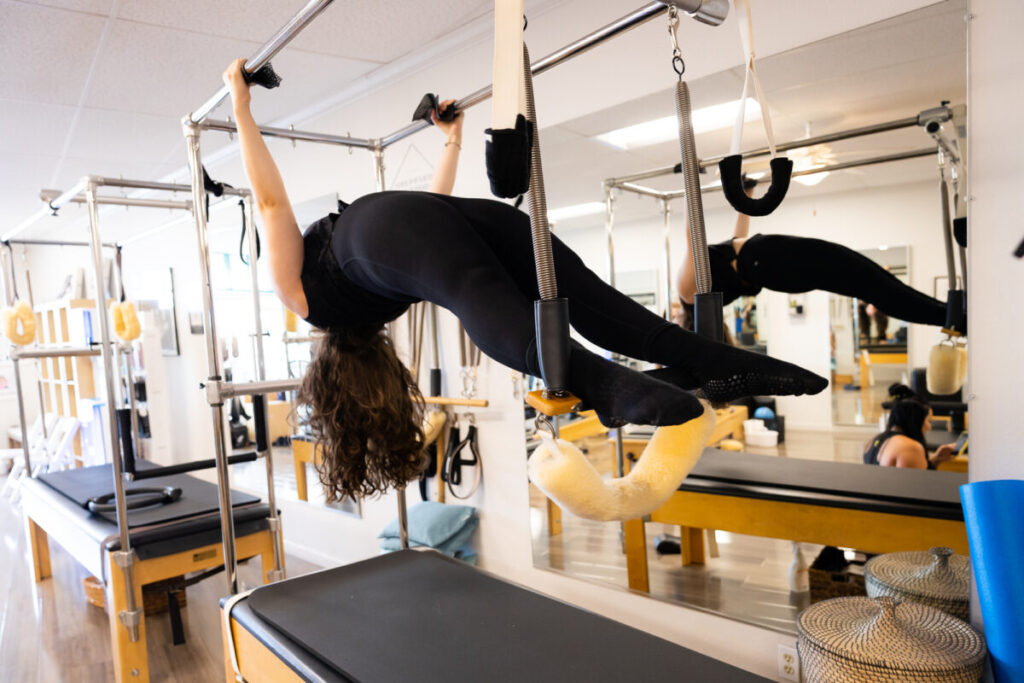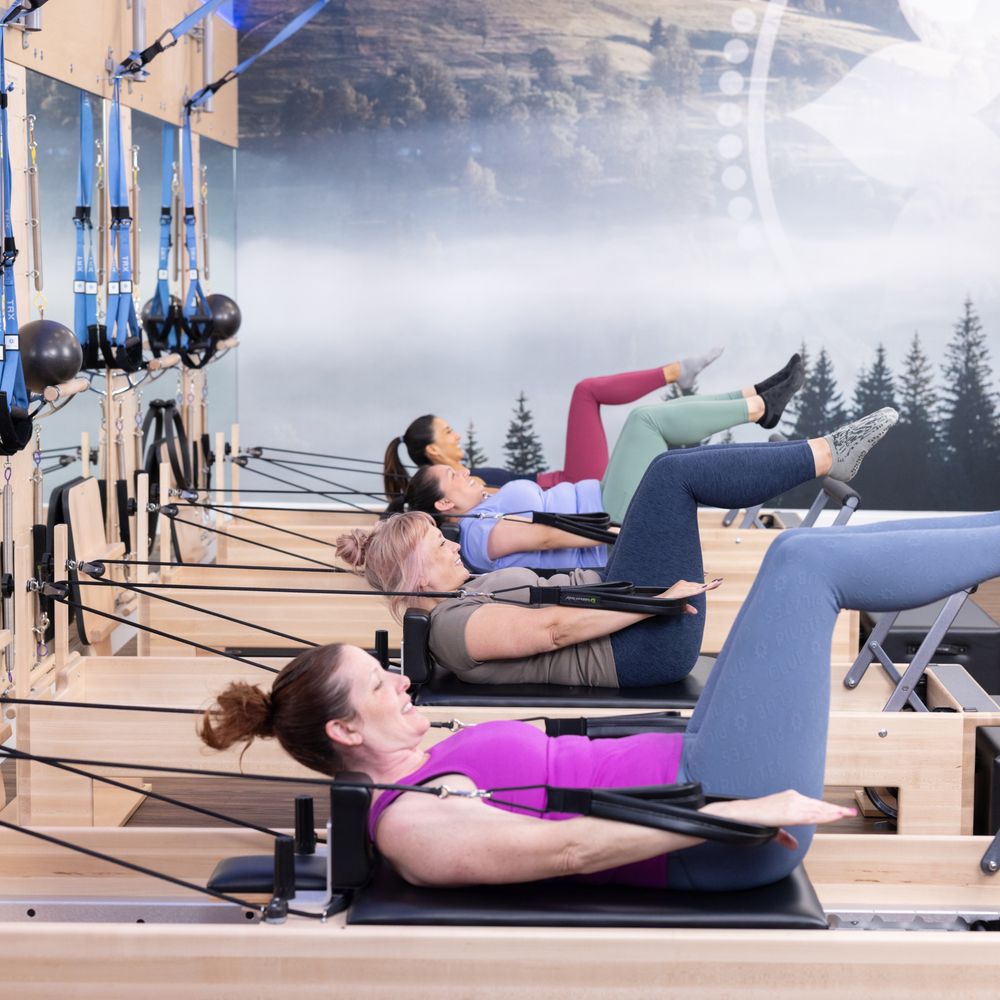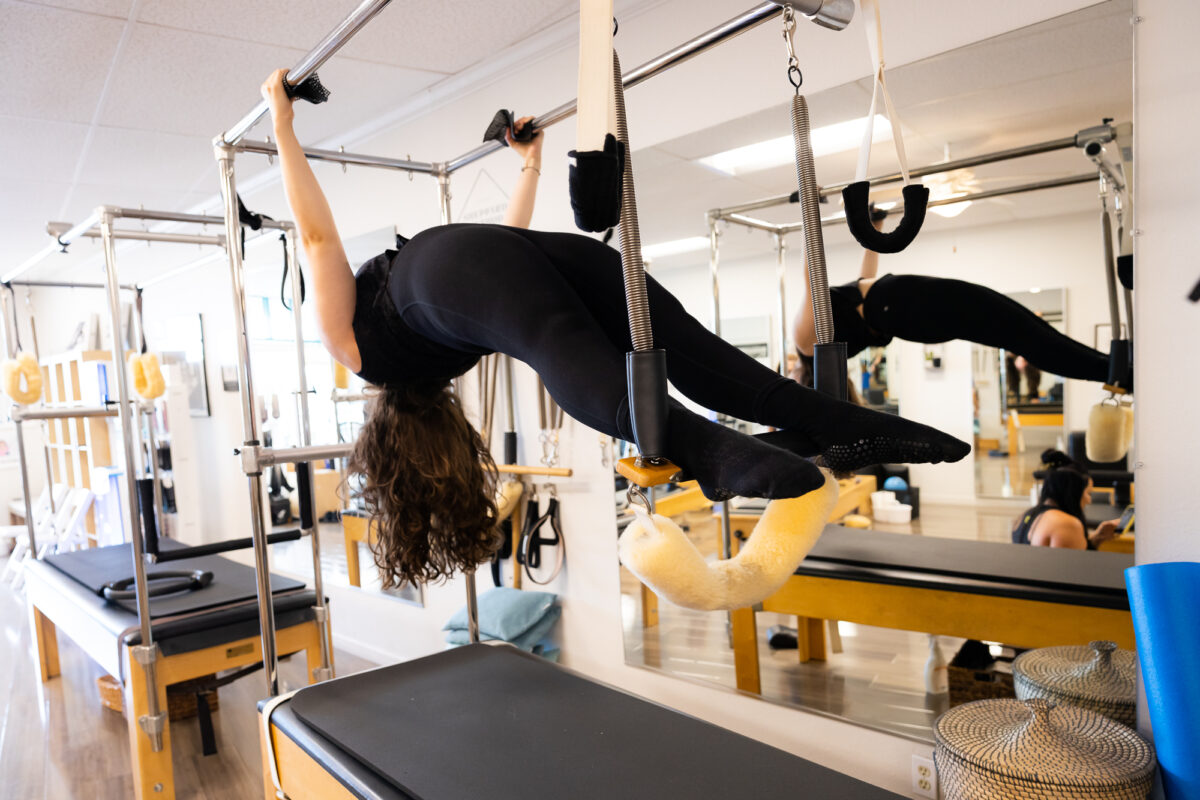Are you ready to maximize your Pilates experience? Whether you’re a seasoned practitioner or just starting, understanding your Pilates equipment can significantly enhance your workouts. This article will guide you through the essential aspects of your Pilates tools, ensuring that you get the most benefit from them!
Understanding Your Pilates Equipment
Before diving into the nitty-gritty of each piece of equipment, it’s essential to grasp the fundamental benefits of Pilates training. The right Pilates home equipment can help you improve strength, flexibility, and overall body awareness. Familiarizing yourself with your tools will empower you to utilize them effectively.
Types of Pilates Equipment
When it comes to Pilates, the equipment can be as diverse as the exercises themselves. The most popular pieces include the Reformer, the Cadillac, and the Stability Chair. Each has its unique features and applications, making it vital to choose the right apparatus for your needs.
The Reformer, for instance, offers a flexible system of springs and pulleys that can be adjusted for various exercises. It’s great for those looking to build core strength, improve stability, and enhance their overall fitness level. Meanwhile, the Cadillac provides a larger workout area, perfect for practicing advanced movements and assisted exercises. Its versatility allows for a wide range of exercises, from gentle stretching to intense strength training, catering to all fitness levels.
Lastly, the Stability Chair is excellent for functional training, allowing you to perform exercises that mimic everyday activities, which can enhance your overall performance and mobility. This piece of equipment is particularly beneficial for athletes looking to improve their performance in specific sports, as it can be adjusted to target various muscle groups and movement patterns.
Choosing Your Equipment Wisely
It’s important to select equipment that aligns with your personal fitness goals. If you’re focusing on rehabilitation or have specific physical concerns, you might want to start with the Reformer under the guidance of a certified instructor. If you have more experience and want to challenge yourself, the Cadillac or Stability Chair can add variety and intensity to your routine.
Moreover, consider the size of your workout space. Some equipment requires more room than others, and having enough space to move safely and comfortably is crucial for your practice. Additionally, think about the durability and quality of the equipment; investing in high-quality apparatus can enhance your experience and ensure safety during your workouts. Many studios offer rental or trial options, allowing you to test different types of equipment before making a commitment.
Lastly, don’t overlook the importance of accessories that can complement your main equipment. Items such as resistance bands, small weights, and foam rollers can enhance your Pilates sessions by adding resistance or providing support during certain movements. These tools can help you target specific areas of your body and improve your overall performance, making your practice more dynamic and enjoyable.

Setting Up Your Pilates Equipment
Now that you’ve chosen your equipment, let’s talk about how to set it up for maximum effectiveness. Proper setup can make a significant difference in your performance and safety.
Adjusting the Reformer
When using the Reformer, you should first ensure that the footbar is adjusted to your height and comfort level. This may require some trial and error but take your time to find what feels best for you. Additionally, adjust the springs to suit your strength level; starting with lighter springs can help you develop proper form before moving on to heavier resistance. Click here to get about: Wunda chair price breakdown: What to expect when buying one.
As you familiarize yourself with the Reformer, pay attention to your foot placement and align your body correctly according to the exercise. Proper alignment will not only enhance your performance but also reduce the risk of injury. Remember to engage your core throughout each movement, as this will provide stability and support, allowing you to perform exercises more effectively. It can be helpful to practice breathing techniques as well; inhaling during preparation and exhaling during exertion can help maintain rhythm and control.
Utilizing the Cadillac
When setting up on the Cadillac, make sure the push-through bar and springs are positioned correctly for the exercises you want to perform. The Cadillac allows for a variety of movements, so adjusting its components to match your skill level is paramount. Always consult an instructor if you’re unsure about how to set up for specific exercises.
Don’t forget to adjust the height of the trapeze and the position of the safety straps, depending on the movement you’re doing. This way, you’ll maximize your range of motion while keeping your body safe! Additionally, consider the angle of the push-through bar; a more horizontal position can provide a different challenge compared to a vertical one, impacting how your muscles engage. As you progress, experimenting with these adjustments can lead to new levels of strength and flexibility, helping you to deepen your practice and explore the full potential of your body.
Incorporating Your Equipment Into a Routine
Once you’re familiar with your equipment and have it set up, it’s time to integrate it into your fitness routine. A well-structured Pilates workout can provide full-body conditioning and improve your overall well-being. The beauty of Pilates lies in its adaptability; whether you’re a beginner or an advanced practitioner, you can tailor your sessions to suit your individual needs and goals.
Create a Balanced Routine
Your routine should include a mix of exercises targeting different muscle groups. Focus on core strength, flexibility, and balance. A typical session might start with some basic warm-ups on the Reformer before transitioning to the Cadillac for more advanced movements. As you progress, consider incorporating exercises that challenge your stability and coordination, such as the Teaser or the Roll-Up, which engage multiple muscle groups simultaneously.
As you grow more comfortable with your routine, feel free to incorporate the Stability Chair. This can add functional strength exercises that mimic daily activities, enhancing your overall performance in both Pilates and life! For instance, using the Stability Chair for leg presses or seated arm work can help you develop strength that translates into improved posture and ease of movement throughout your day.
Listening to Your Body
One critical component of utilizing your Pilates equipment effectively is listening to your body. Pay attention to how you feel during and after your workouts. If something doesn’t feel right, adjust your approach. Perhaps you need to modify an exercise or lower the resistance on your Reformer. It’s essential to recognize that everyone’s body is unique, and what works for one person may not work for another. This self-awareness can lead to more effective workouts and a deeper understanding of your physical capabilities.
Remember, Pilates is all about control and precision. Treat your workouts as an opportunity to connect with your body rather than just a physical challenge. Allow yourself the grace to learn and adapt. Incorporating mindfulness into your practice can enhance your experience; focus on your breath and the sensations in your body as you move through each exercise. This approach not only helps in achieving better results but also fosters a sense of calm and mental clarity, making your Pilates sessions a holistic experience for both body and mind.
Maintaining Your Pilates Equipment
Caring for your equipment will ensure that you can enjoy it for years to come. Regular maintenance is key, especially if it’s in heavy use.
Cleaning and Inspecting
Regularly clean your equipment to prevent any build-up of dust or moisture. Use a gentle cleaner suitable for your specific equipment material to keep them in top shape. Additionally, routinely inspect your equipment for any wear and tear — this includes checking springs, footbars, and straps for integrity.

Taking care of your equipment not only prolongs its life but also enhances your workout experience. A well-maintained Reformer will move smoothly, allowing for better performance and comfort during use.
Seeking Professional Guidance
Lastly, always consider seeking guidance from a professional instructor when working with Pilates equipment. They can offer insight into proper techniques and modifications that will keep you safe and effective during your workouts.
By following these tips, you will not only become more adept at using your Pilates equipment but also enrich your entire practice. Embrace the journey, and happy exercising!

